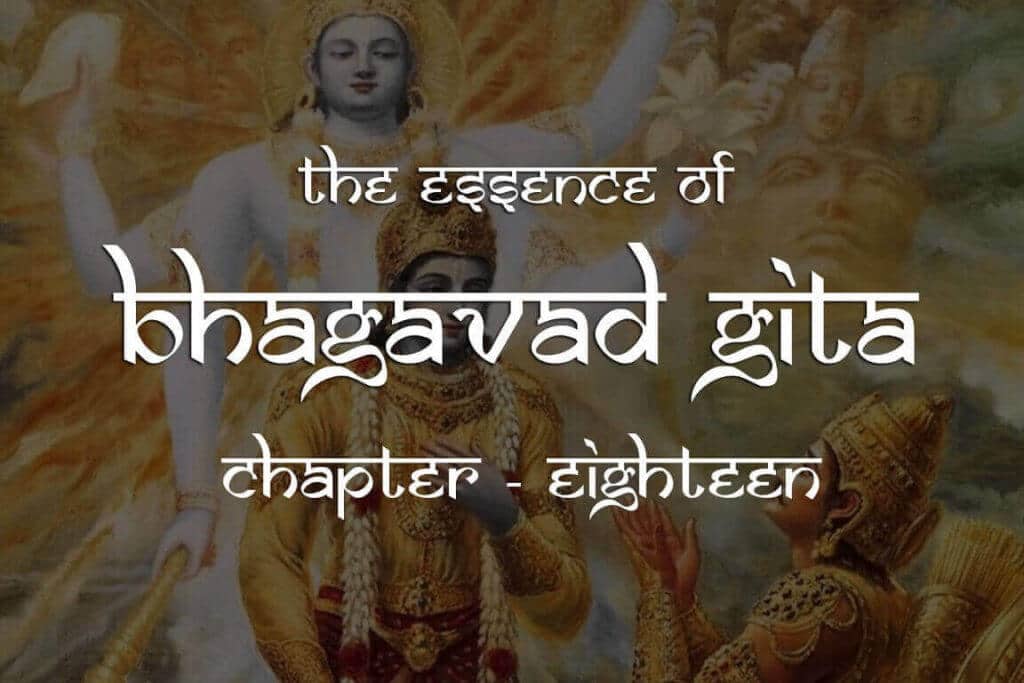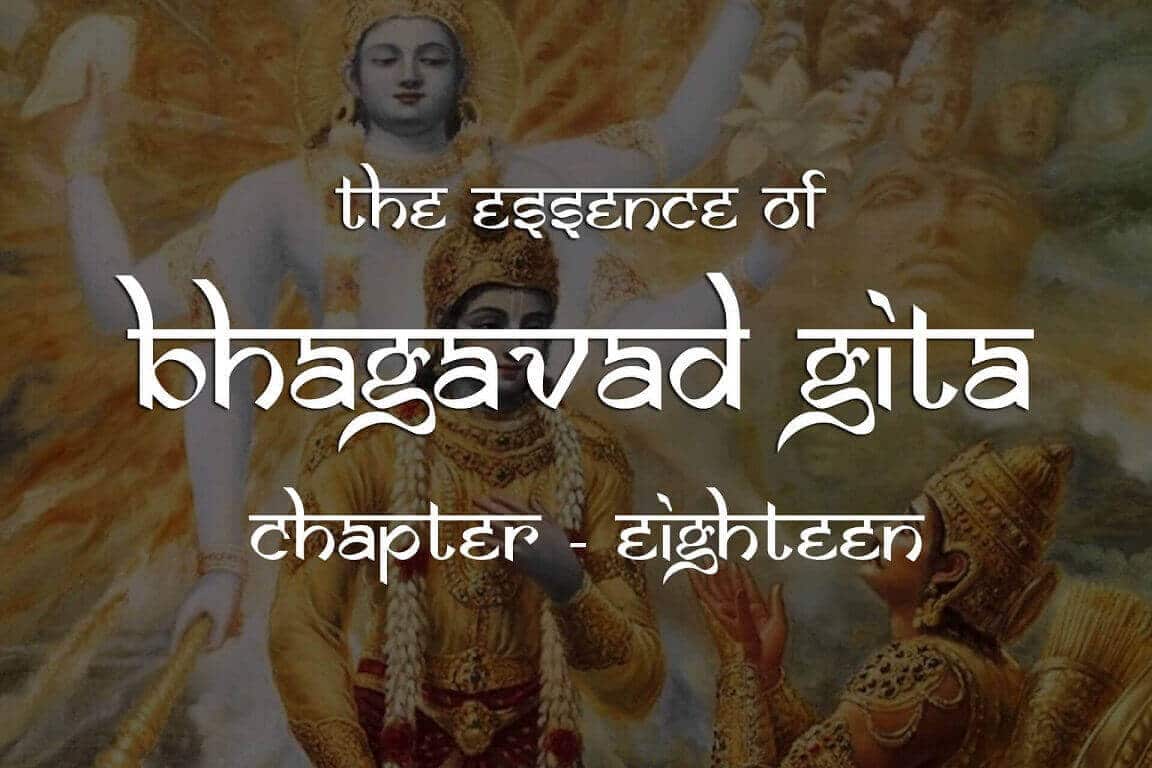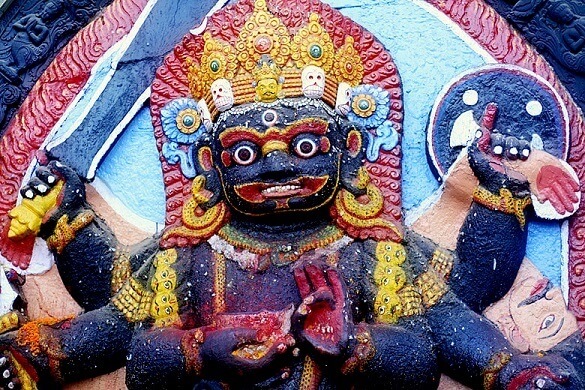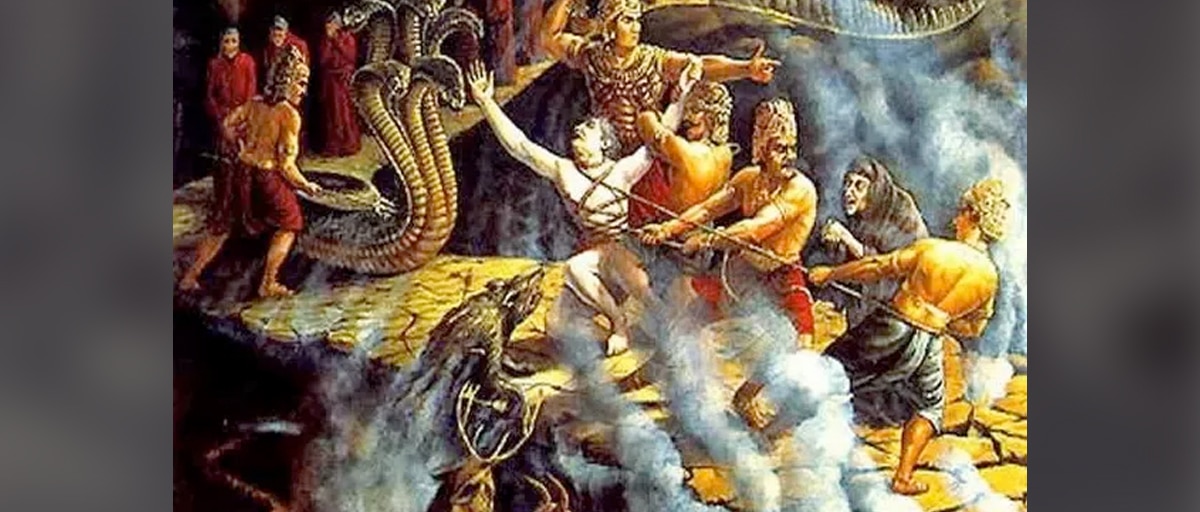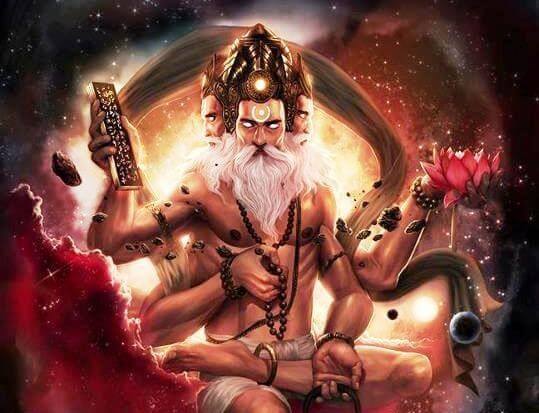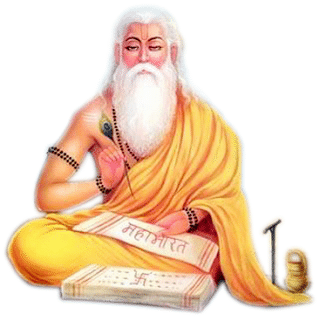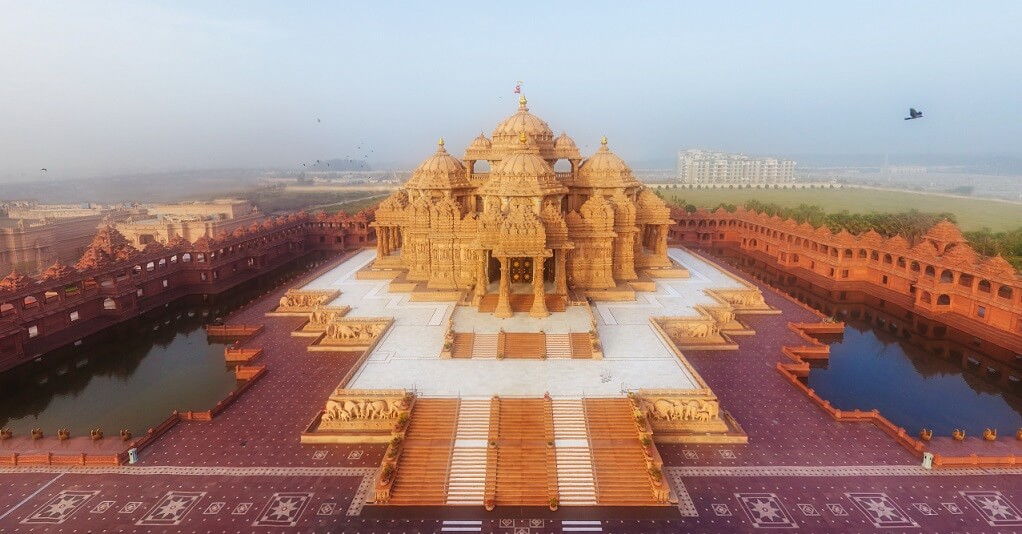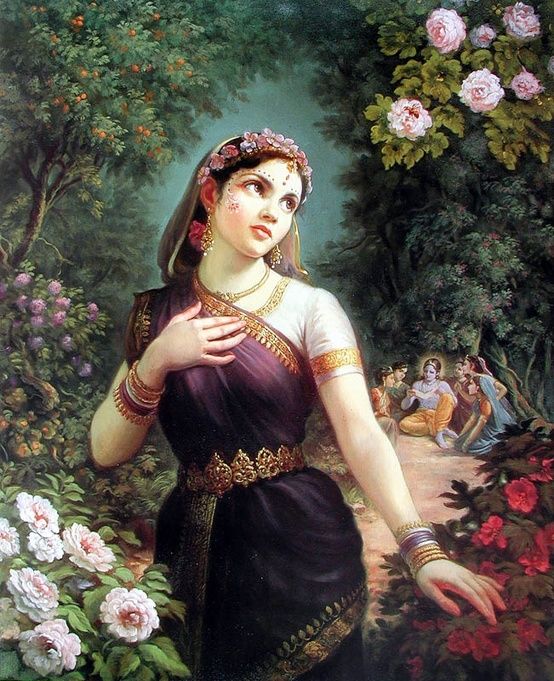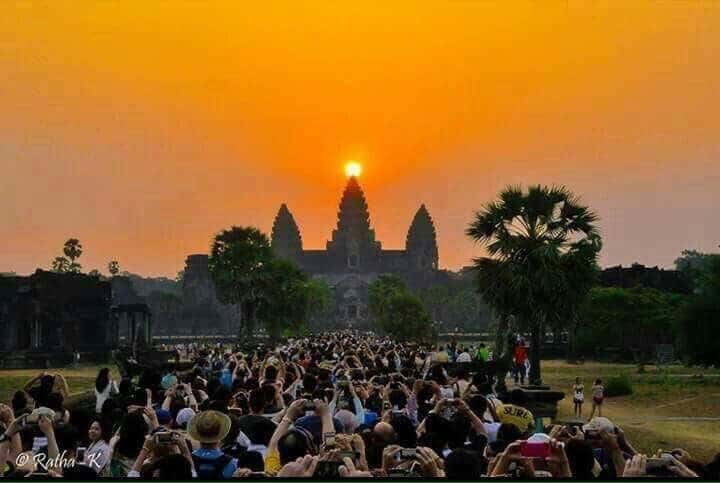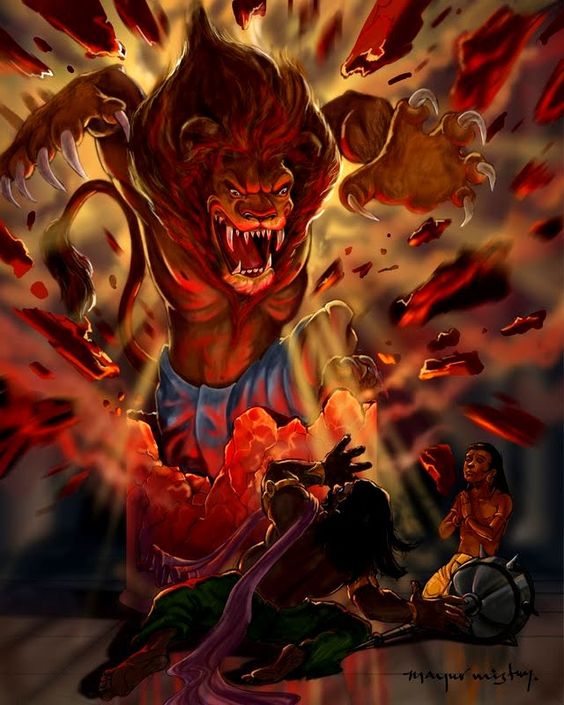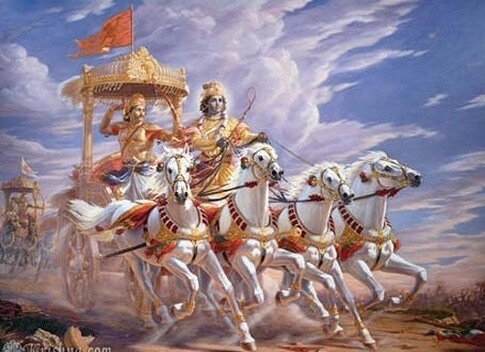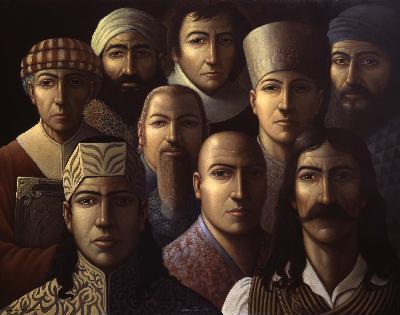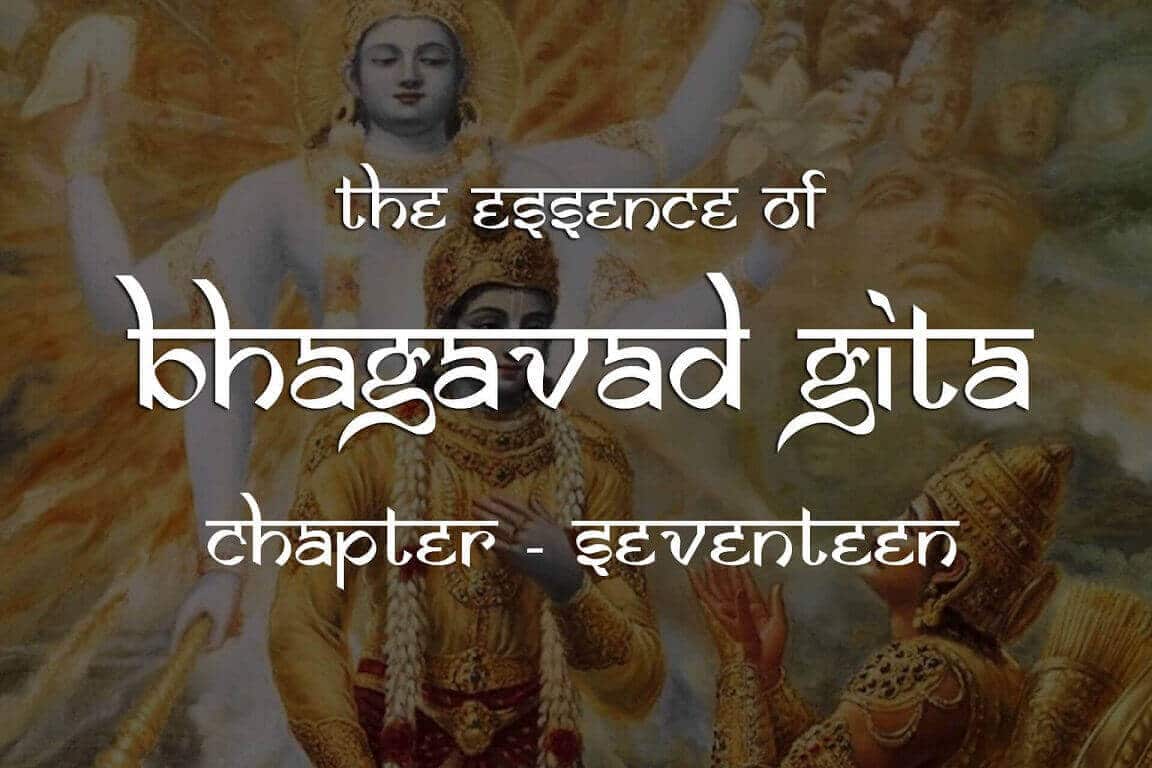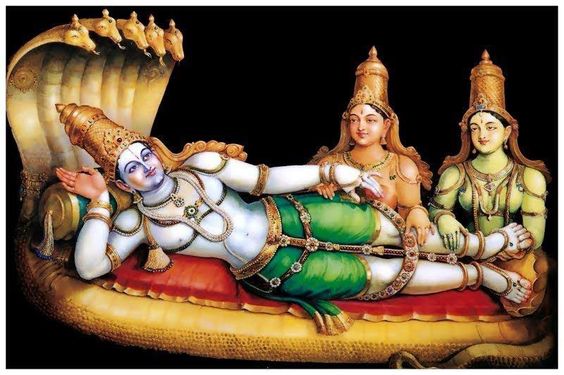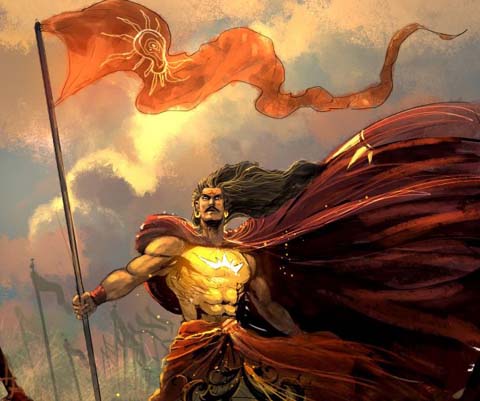The Eighteenth Adhyay is a supplementary summarization of the topics discussed before. In every chapter of Bhagavad-gita.
arjuna uvaca
sannyasasya maha-baho
tattvam icchami veditum
tyagasya ca hrsikesa
prthak kesi-nisudana
TRANSLATION
Arjuna said, O mighty-armed one, I wish to understand the purpose of renunciation [tyaga] and of the renounced order of life [sannyasa], O killer of the Kesi demon, Hrsikesa.
PURPOSE
Actually, the Bhagavad-gita is finished in seventeen chapters. The Eighteenth Chapter is a supplementary summarization of the topics discussed before. In every chapter of Bhagavad-gita, Lord Krsna stresses that devotional service unto the Supreme Personality of Godhead is the ultimate goal of life. This same point is summarized in the Eighteenth Chapter as the most confidential path of knowledge. In the first six chapters, stress was given to devotional service: yoginam api sarvesam…
“Of all yogis or transcendentalists, one who always thinks of Me within himself is best.” In the next six chapters, pure devotional service and its nature and activity were discussed. In the third six chapters, knowledge, renunciation, the activities of material nature and transcendental nature, and devotional service were described. It was concluded that all acts should be performed in conjunction with the Supreme Lord, summarized by the words om tat sat, which indicate Visnu, the Supreme Person.
In the third part of Bhagavad-gita, devotional service was established by the example of past acaryas and the Brahma-sutra, the Vedanta-sutra, which cites that devotional service is the ultimate purpose of life and nothing else. Certain impersonalists consider themselves monopolizers of the knowledge of Vedanta-sutra, but actually the Vedanta-sutra is meant for understanding devotional service, for the Lord, Himself is the composer of the Vedanta-sutra, and He is its knower. That is described in the Fifteenth Chapter. In every scripture, every Veda, devotional service is the objective. That is explained in Bhagavad-gita.
As in the Second Chapter, a synopsis of the whole subject matter was described, similarly, in the Eighteenth Chapter also the summary of all instruction is given. The purpose of life is indicated to be renunciation and attainment of the transcendental position above the three material modes of nature.
Arjuna wants to clarify the two distinct subject matters of Bhagavad-gita, namely renunciation (tyaga) and the renounced order of life (sannyasa). Thus he is asking the meaning of these two words.
Two words used in this verse to address the Supreme Lord-Hrsikesa and Kesinisudana-are significant. Hrsikesa is Krsna, the master of all senses, who can always help us attain mental serenity. Arjuna requests Him to summarize everything in such a way that he can remain equiposed. Yet he has some doubts, and doubts are always compared to demons.
He therefore addresses Krsna as Kesinisudana. Kesi was a most formidable demon who was killed by the Lord; now Arjuna is expecting Krsna to kill the demon of doubt.

